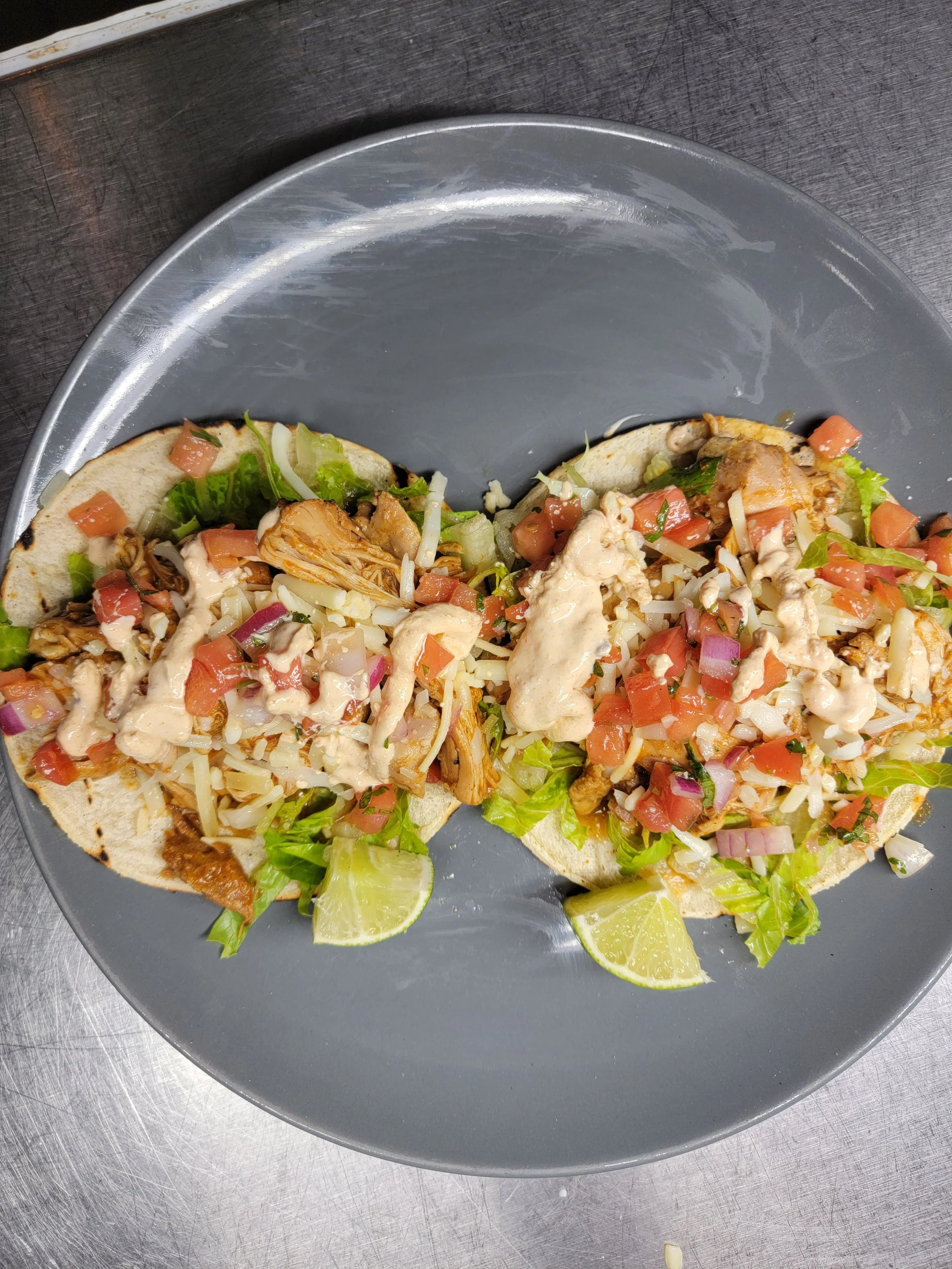the origins of Bibimbap
Introduction
As the sun sets over the bustling streets of Seoul, the tantalizing aroma of Bibimbap wafts through the air, captivating both locals and visitors alike. This beloved Korean dish has captured the hearts and taste buds of people worldwide with its vibrant colors, harmonious blend of flavors, and rich cultural heritage. From humble beginnings to becoming a staple in Korean cuisine, Bibimbap's journey is a testament to the artistry and ingenuity of Korean culinary traditions.
Bibimbap, which translates to "mixed rice" in English, is a harmonious amalgamation of rice, vegetables, proteins, and an array of delectable seasonings. Its origins can be traced back to ancient Korea when resourcefulness led to its creation as a means to utilize leftover ingredients.
Over time, this simple peasant dish evolved into an iconic representation of Korean culinary excellence. Today, Bibimbap enjoys immense popularity not only within South Korea but across the globe.
It has become a symbol of Korean culture and is often featured in various food festivals and international culinary events. Its appeal lies not only in its delicious taste but also in its visual allure; with vibrant colors that resemble an artist's palette on a plate.
The Historical Roots
Ancient Origins
Bibimbap, a dish deeply embedded in Korean culinary heritage, has its origins rooted in ancient Korea. To truly understand the historical background of Bibimbap, we must delve into its beginnings as a practical solution for utilizing leftover rice and various ingredients.
In the past, Koreans were known for their resourcefulness and frugality, and Bibimbap was born out of these values. In traditional Korean households, where every grain of rice was cherished, leftover rice was repurposed to create new and delicious meals.
It is said that farmers would mix their surplus harvest with vegetables and meats to create a nutritious one-bowl meal. This practice not only minimized food waste but also provided sustenance to hardworking individuals during long days in the fields.
Moreover, Bibimbap's association with Buddhist temples is worth mentioning. During the Goryeo dynasty (918-1392), Buddhism flourished in Korea.
Monks often followed strict vegetarian diets and developed innovative ways to incorporate various vegetables into their meals. Bibimbap became an essential part of temple cuisine as it enabled monks to enjoy a diverse array of flavors while adhering to their vegetarian principles.
Regional Variations
Get my recipe for Bibimbap here
Korea's rich culinary landscape has given rise to regional variations of Bibimbap that showcase distinct ingredient choices and cooking methods across different areas of the country. Jeonju-style Bibimbap stands out as one of the most renowned regional varieties due to its historical significance and unique preparation.
Jeonju-style Bibimbap hails from Jeonju City in North Jeolla Province—an area celebrated for its vibrant food culture. The distinguishing feature of this style lies in arranging each ingredient separately on top of a bed of rice instead of mixing them together like other versions.
This meticulous arrangement allows diners to relish each component individually, savoring the flavors of marinated beef, soybean sprouts, fernbrake, and a wide array of other colorful vegetables. Another famous regional variation is Jeju-style Bibimbap from Jeju Island.
This picturesque island in South Korea offers a twist on the traditional dish by incorporating ingredients unique to its locale. Known for its abundant seafood, Jeju-style Bibimbap often includes fresh fish or shellfish alongside farm-fresh vegetables.
The harmony between oceanic flavors and earthy ingredients creates a delightful culinary experience that captures the essence of Jeju's coastal beauty. Other regions throughout Korea also contribute their own distinct interpretations of Bibimbap.
From Gwangju-style with an emphasis on spicy flavors to Tongyeong-style featuring an abundance of fresh seafood, each regional variation is like a cultural snapshot that reflects the local traditions and tastes of its respective area. Exploring the historical roots and regional variations of Bibimbap unveils a fascinating journey through time and geography.
From its humble beginnings as a thrifty meal using leftover rice to its association with Buddhist temples promoting vegetarianism, Bibimbap has evolved into a beloved Korean dish celebrated worldwide. The diverse regional variations across Korea highlight the creativity and ingenuity found within Korean cuisine, making each bowl of Bibimbap truly unique and representative of a specific region's culinary identity.
Deconstructing the Ingredients:
Rice - The Foundation:
Rice holds immense significance in Korean culture and cuisine, being a staple food that has been consumed for centuries. It is not only a source of sustenance but also a symbol of prosperity and fertility.
In Bibimbap, the choice of rice plays a crucial role in creating the perfect texture and flavor. Short-grain rice is commonly used due to its stickiness, which helps bind the ingredients together in each mouthful.
The sticky texture allows the flavors to meld harmoniously while adding a delightful chewiness to every bite. For those seeking extra depth and nutrition, multi-grain rice blends are gaining popularity as they combine various grains like brown rice, barley, black beans, and more.
Assorted Vegetables - A Rainbow Medley:
One of the captivating aspects of Bibimbap is its vibrant assortment of vegetables that create an eye-catching display on the plate. Carrots add a touch of sweetness and crunch, spinach contributes earthy flavors with delicate tenderness, while bean sprouts provide refreshing crispness. Furthermore, mushrooms bring an umami-rich taste that adds depth to the overall dish.
These vegetables not only enhance the visual appeal but also offer an array of nutrients essential for a well-balanced meal. Carrots boast beta-carotene for healthy skin and eyesight; spinach provides iron and vitamins A and C; bean sprouts are packed with fiber; mushrooms deliver antioxidants known for their immune-boosting properties.
Proteins - From Classic to Contemporary Choices:
Bibimbap offers versatility when it comes to protein choices, catering to both classic preferences and contemporary dietary needs. Traditionally, marinated beef known as bulgogi takes center stage with its tender texture and savory-sweet flavors seeping into every ingredient within the bowl. However, in recent years, as vegetarian and vegan lifestyles gain popularity, alternatives like soybean-based tofu or tempeh have emerged as protein sources.
These plant-based options offer a delightful contrast, providing a rich source of protein while absorbing the flavors of the seasonings and sauces used in Bibimbap. This allows individuals with diverse dietary requirements to savor this iconic dish without compromising on taste or cultural experience.
Conclusion:
As we deconstruct the ingredients that make up Bibimbap, we uncover not only a culinary masterpiece but also a reflection of Korean culture and history. Rice stands as the foundation, binding together an array of vegetables that provide not only nutrition but also an explosion of colors and textures on the plate. The choice of proteins offers both traditional favorites and contemporary options to cater to various dietary preferences.
From its ancient origins to its modern adaptations, Bibimbap continues to capture hearts around the world with its harmonious blend of flavors and delightful aesthetics. So why not embark on your own culinary adventure and indulge in this exquisite dish that celebrates tradition while embracing change?






























